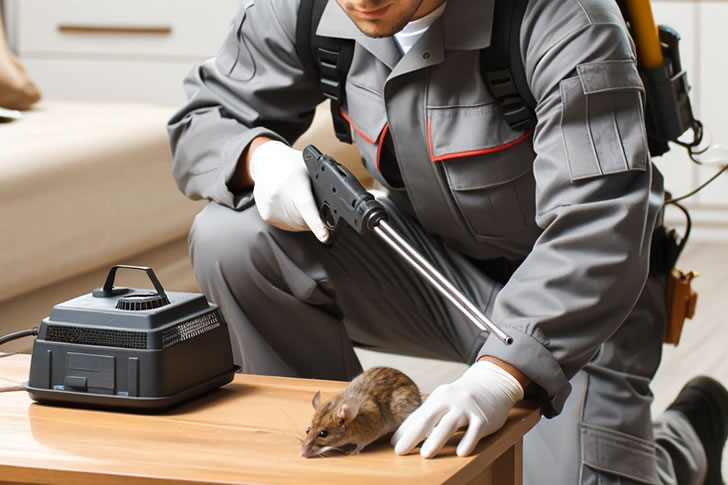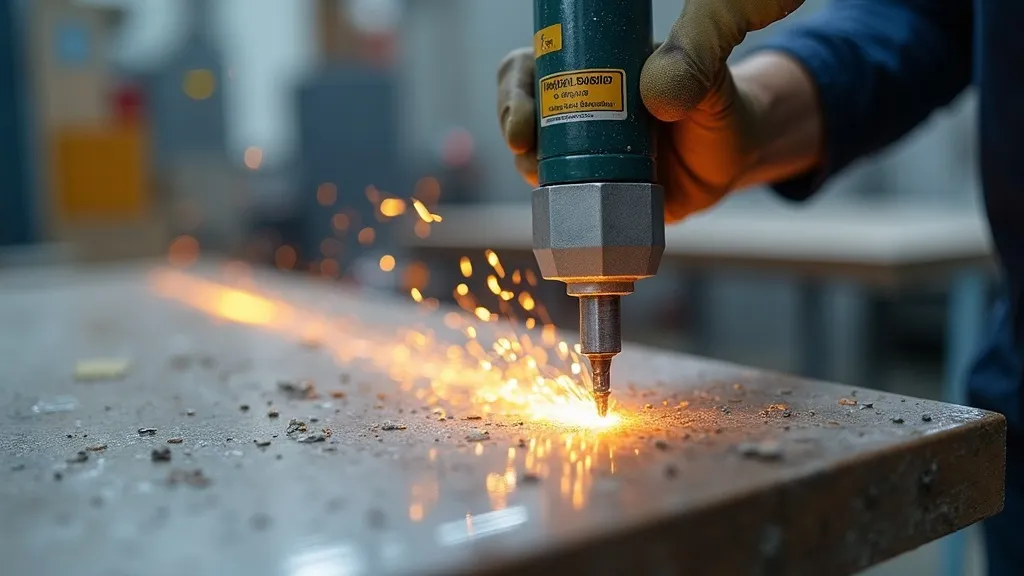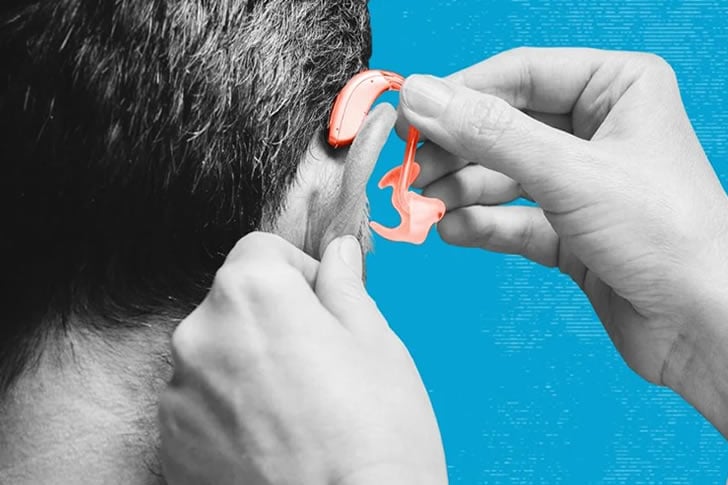Effective Rodent Control: Pre-baiting and Trap Techniques
Rodent infestations can be challenging to manage. This guide provides practical advice on using pre-baiting and traps for effective rodent control.

Understanding Rodents
Identifying Common Rodents
Rodents such as mice and rats can pose significant health risks and cause property damage. Identifying the specific type of rodent is the first step in effective control. Common signs of a rodent problem include droppings, gnaw marks, and nesting materials.
Rodent Behavior and Habits
Understanding rodent behavior is crucial for effective control. Rodents are nocturnal creatures, meaning they are very active at night. They also have a keen sense of smell and will often return to places where they have previously found food.
The Importance of Pre-baiting
What is Pre-baiting?
Pre-baiting involves placing bait in traps without actually setting the traps initially. The goal is to allow rodents to become comfortable with the trap as a source of food. This makes them more likely to enter a set trap later.
Choosing the Right Bait
Common baits include peanut butter, cheese, and dried fruits. These baits are highly attractive to rodents and should be placed in small amounts to avoid alarming them.
Steps for Effective Pre-baiting
- Position the bait in areas with high rodent activity.
- Check the bait daily and refill as needed.
- Allow rodents a few days to get used to the bait before setting traps.
Setting the Trap
Selecting the Right Trap
There are various types of traps, including snap traps, glue traps, and electronic traps. Snap traps are the very traditional and generally the very effective. Choose a trap type based on the severity of the infestation and personal preference.
Proper Placement of Traps
- Place traps along walls and behind appliances where rodents frequently travel.
- For larger infestations, multiple traps may be necessary.
- Ensure traps are out of reach of pets and children.
Setting the Trap
- Use the same bait as in the pre-baiting phase to maintain consistency.
- Follow manufacturer instructions carefully to set the trap correctly.
- Inspect traps daily and dispose of captured rodents promptly.
Post-Capture Actions
Disposal of Rodents
Use gloves to handle trapped rodents and seal them in a plastic bag before disposal. Clean the trap and area with disinfectant to eliminate any residue and minimize odor.
Preventing Future Infestations
- Close any gaps or holes in walls and foundations.
- Store food in airtight containers and keep trash bins sealed.
- Regularly clean areas where food is prepared and consumed.
Additional Tips for Effective Rodent Control
Use of Multiple Strategies
A combination of pre-baiting and various trap types can increase the effectiveness of your rodent control efforts. Additionally, consider using rodent repellents as a supplementary measure.
Professional Help
For severe infestations, it may be wise to consult a professional pest control service. Experts can provide tailored solutions and may use advanced methods not available to the general public.
Conclusion
Rodent control requires a strategic approach. By understanding rodent behaviors and implementing effective pre-baiting and trapping techniques, you can significantly reduce or eliminate your rodent problem. Consistent monitoring and preventive measures are essential for good success.










